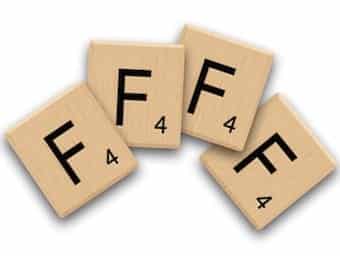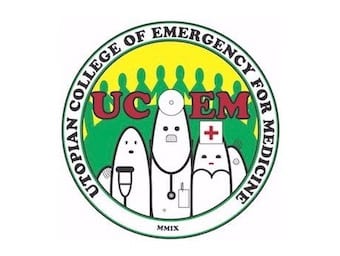
Funtabulously Frivolous Friday Five 190
Funtabulously Frivolous Friday Five 190 - Just when you thought your brain could unwind on a Friday, some medical trivia FFFF.

Funtabulously Frivolous Friday Five 190 - Just when you thought your brain could unwind on a Friday, some medical trivia FFFF.

The Miller laryngoscope is a straight blade designed to obtain a view of the vocal cords by directly lifting the epiglottis. It has useful application in ‘floppy’ airways making it popular within paediatric anaesthesia

A case of anterior MI presenting with De Winter T waves. Learn to recognise this sign of critical LAD stenosis on the ECG...

A 57 year old man presents to the ED with 18 hours of severe upper abdominal pain, fever, nausea and vomiting. He looks jaundiced, his HR is 120bpm, BP 110/60, RR 22 and his temperature is 37.8oC. He is tender and guarded in his right upper quadrant on abdominal palpation.

Funtabulously Frivolous Friday Five 189 - Just when you thought your brain could unwind on a Friday, some medical trivia FFFF.

A 55 year old man presents with a good chest pain story that makes you nervous. A review of ST elevation in aVR and LMCA Stenosis

Sir David Drummond (1852–1932) was an English physician. Drummond sign of tracheal whiff with thoracic aortic aneurysm 1908

Waiting Room Medical Movies series we can now demonstrate one of the practical applications of twitter to advancing the field of health and medical education

A 24 year old man is brought into the ED with an injury suffered playing touch rugby. He tried to stop and turn suddenly just as another player collided with him. Describe his X-ray

Well that's it, just like that the conference has come to end. The last few days have been a wild ride through the essentials of emergency medicine. Mel Herbert and his team have put on one hell of a show, and San Francisco played host superbly

A 67-year old male is brought to hospital by ambulance with severe chest pain, sweating, vomiting and syncope. LMCA Occlusion

Jules Philippe Falret (1824 - 1902) was a French psychiatrist. 1877, along with Ernest-Charles Lasègue (1816-1883) first described the concept of Folie à deux, initially termed Lasègue-Falret syndrome.